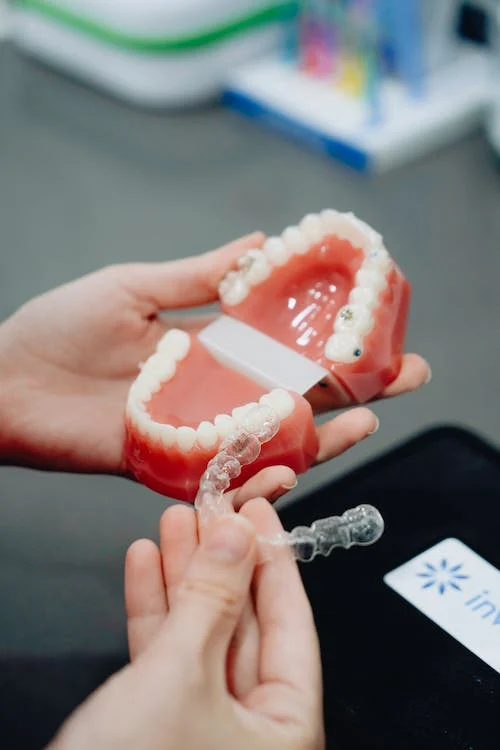Though you may not be aware of it, there are quite a few different and distinct medical disciplines that deal with the mouth, teeth and gums. While most of us may call these doctors “dentists” in a colloquial sense, there’s actually a lot more than dentistry going on. For instance, when you take your child to have his or her braces put on or adjusted, you’re not seeing a dentist; you’re seeing an orthodontist. Orthodontists are actually a specialty within dentistry, a sub-discipline that focuses more on corrective issues with the teeth, whereas a dentist is a broader spectrum, dealing with a range of other issues.
However, many people still don’t quite get the picture. Do orthodontists only concern themselves with braces? While that is a big part of what they offer to the public, there’s a whole lot more than that that goes into the practice. Like one found at a location like Impact Orthodontics, a qualified orthodontist deals in a range of different issues. Let’s go over a few types of procedures and treatments that fall under the purview of this sub-field.
Types of Orthodontic Treatments
Consultations
The first thing that is offered by orthodontists is a regular consultation, often called a check-up. This will include asking the patient questions, going over the teeth carefully, and perhaps even taking x-rays of the mouth to see if there are any further issues that need to be addressed. Often, orthodontists are just performing these routine evaluations to make sure that they can help prevent bigger problems.
Fixing Crossbites and Overbites
Both crossbites and overbites are dental issues where the teeth do not align properly. These can cause issues with your jaw alignment and lead to more serious issues later in life, or they can just be very inconvenient. They are unattractive things to happen, to be sure, even if they’re not always physically troublesome. One of the specialties in orthodontics is in fixing these types of misalignment issues. They may have to extract teeth, prescribe a retainer, or take measures like putting braces on a patient.
Braces
Speaking of braces, this is what most orthodontists are most known for. This involves properly spacing the teeth and then attaching brackets, bands and wires to the teeth, which will be adjusted over time. The braces are literally forcing the patient’s teeth to grow into a straight alignment, helped on by the orthodontist’s involvement in setting the tension and adjusting the braces. There are quite a few different types of braces these days, with one of the most popular being the Invisalign braces. Though, for younger children, old-school metal braces are still preferred.
Eruption Correction
When a child loses their baby teeth, and the permanent tooth starts to come in, this is referred to as an eruption. The tooth that has been growing deep inside of the gum literally erupts into the mouth. This can quite often happen improperly, which could cause the tooth to erupt out of place or out of alignment where it’s pointing the wrong way or affecting other teeth in the mouth. Orthodontists have a variety of ways by which to treat an improper eruption, including the drastic measure of outright extracting the tooth to get rid of it permanently.
Impacted Teeth
Impacted teeth have a lot in common with an improper eruption. Basically, if another tooth is in the way of an eruption, the eruption is still going to occur. The teeth will just end up far too close together, crooked, overlapping, etc. Orthodontists will make sure that there is enough room in the jaw for all of the teeth to erupt and grow properly, which can include different types of spacers and braces to ensure that everything is going smoothly.
Nobody out there is crazy about going to visit the local orthodontist’s clinic. Most people have a fear of sitting in that chair. That’s why it’s so important that when you choose a place to visit, you consider choosing a reputable local clinic that you can trust and one that makes you feel comfortable.

